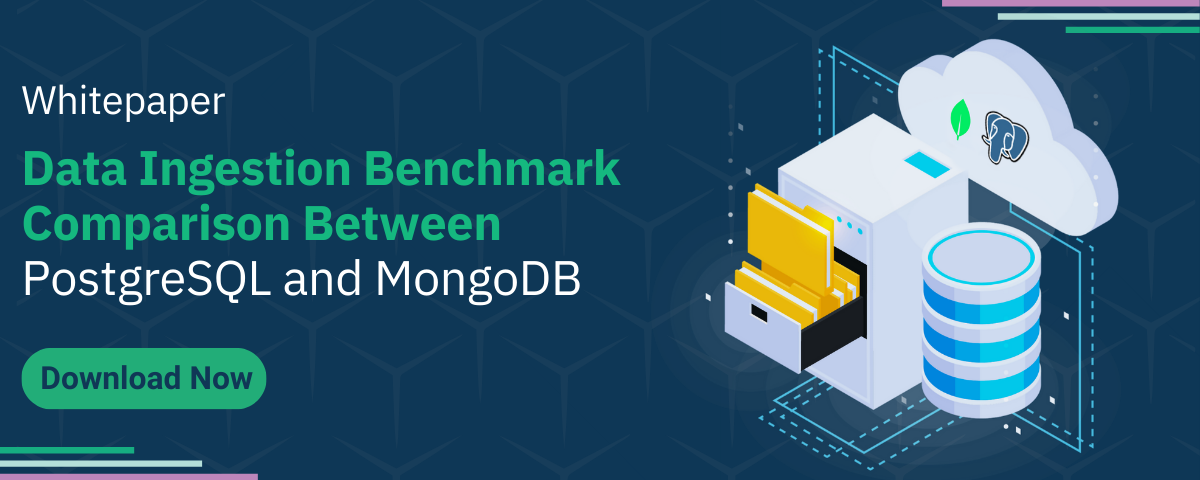In the world of relational databases, PostgreSQL stands out as a powerful and versatile option. It boasts a variety of features that make it a preferred choice for many application developers. One such feature that can significantly improve the performance of your applications is Heap-Only Tuples. But what exactly are Heap-Only Tuples, and how can they help you optimize your PostgreSQL database? To understand this, let’s first delve into the concept of MVCC (Multi-Version Concurrency Control) and its impact on UPDATE queries.
Understanding MVCC
MVCC is a fundamental concept in PostgreSQL and many other relational database systems. It allows multiple transactions to occur concurrently while maintaining data consistency. Imagine multiple users accessing the same data simultaneously – MVCC ensures they each get a consistent view without locking others out. It achieves this by creating multiple versions of a row when data is modified, each with a unique transaction ID.
1. Snapshot Isolation: Each transaction in PostgreSQL operates on a specific “snapshot” of the data. This snapshot represents a consistent view of the database at the start of the transaction. How changes made by other transactions after the snapshot are visible to the current transaction depends on the Transaction Isolation Level setting of PostgreSQL. You can set the Isolation Level to one of three settings:
-
- READ COMMITTED – A statement can only see rows committed before it began. This is the default.
-
- REPEATABLE READ – All statements of the current transaction can only see rows committed before the first query or data-modification statement was executed in this transaction.
-
- SERIALIZABLE – All statements of the current transaction can only see rows committed before the first query or data-modification statement was executed in this transaction. If a pattern of reads and writes among concurrent serializable transactions would create a situation which could not have occurred for any serial (one-at-a-time) execution of those transactions, one of them will be rolled back with a serialization_failure error.
2. Versioning: When a row is updated or deleted, a new version of that row is created, rather than modifying or removing the original row. This ensures that other transactions can still access the original version if needed.
MVCC’s Upsides
- High concurrency: Multiple transactions can read data simultaneously without blocking each other.
- Data consistency: Transactions don’t interfere with each other’s updates, ensuring data integrity.
- Point-in-time querying: MVCC enables the retrieval of data as it existed at a specific moment in time.
MVCC’s Downsides
While MVCC is essential for maintaining data integrity, it can pose challenges for update-heavy workloads:
- Disk Bloat: MVCC creates new versions of updated rows, leaving old versions behind. Over time, this can lead to disk bloat, affecting database performance and storage efficiency.
- Vacuuming Overhead: PostgreSQL runs a process called “vacuuming” to reclaim space taken up by obsolete row versions. However, this process can be resource-intensive and may cause performance bottlenecks.
Introducing Heap-Only Tuples (HOT)
Heap-only tuples, also known as HOT, are PostgreSQL’s answer to the update query performance issues caused by MVCC. These tuples allow PostgreSQL to mark a row as “dead” and physically reuse the space it occupies in the table. This process eliminates the need to keep multiple versions of the same row, reducing I/O and improving query performance.
How Heap-Only Tuples Work
- Reusing Space: When an update is performed on a row, PostgreSQL attempts to create a new row in the same page and chain the old row to the new row. A new index entry is not created (if the updated row is not updating an indexed column). The original index entry will go to the original row and follow the “HOT chain” to the correct row for the current snapshot.
- Reduced Performance Overhead: By reusing space, query performance can improve since there are fewer index entries to scan during queries.
- Less Data Bloat: Heap-Only Tuples help reduce data bloat, making your database more efficient in terms of storage utilization.
How to Maximize the Leverage of Heap-Only Tuples
Heap-only tuples are a powerful tool, and knowing how to leverage them can significantly impact the performance of update-heavy workloads. Keep in mind, PostgreSQL uses HOT whenever it can, and designing your database to enable more instances of HOT will help boost performance. A couple of considerations to keep in mind:
- ‘fillfactor’: The fillfactor setting in PostgreSQL tables is a configuration parameter that determines the percentage of a page’s space that will be filled with data, leaving the remaining space free for future updates. Lowering the fillfactor can allow for longer HOT chains.
- Careful indexing: While indexes are a great way to boost performance, unnecessary indexes not only cause bloat, they have an impact on HOT as well. PostgreSQL will not use HOT if an update is also updating an indexed column, and if that index is not really being used, it’s a waste of HOT potential.
PostgreSQL’s heap-only tuples provide a valuable solution to the performance challenges posed by MVCC in update-heavy scenarios. They allow application developers to optimize query performance and reduce I/O overhead. However, it’s essential to use heap-only tuples judiciously, considering the specific needs of your application and the trade-offs involved. By understanding when to leverage this feature and when to avoid it, you can ensure your PostgreSQL database operates at peak efficiency while maintaining data integrity.






